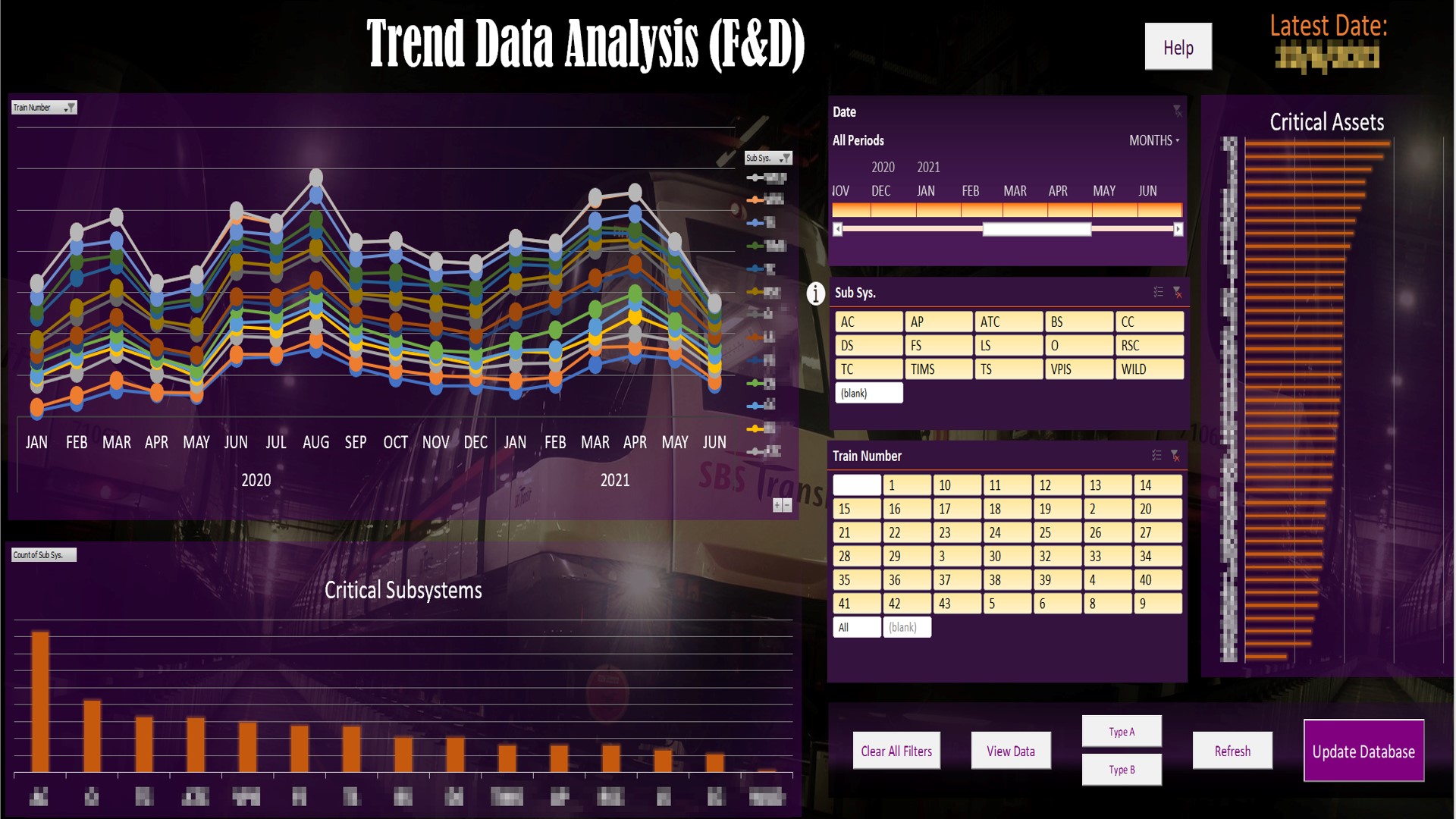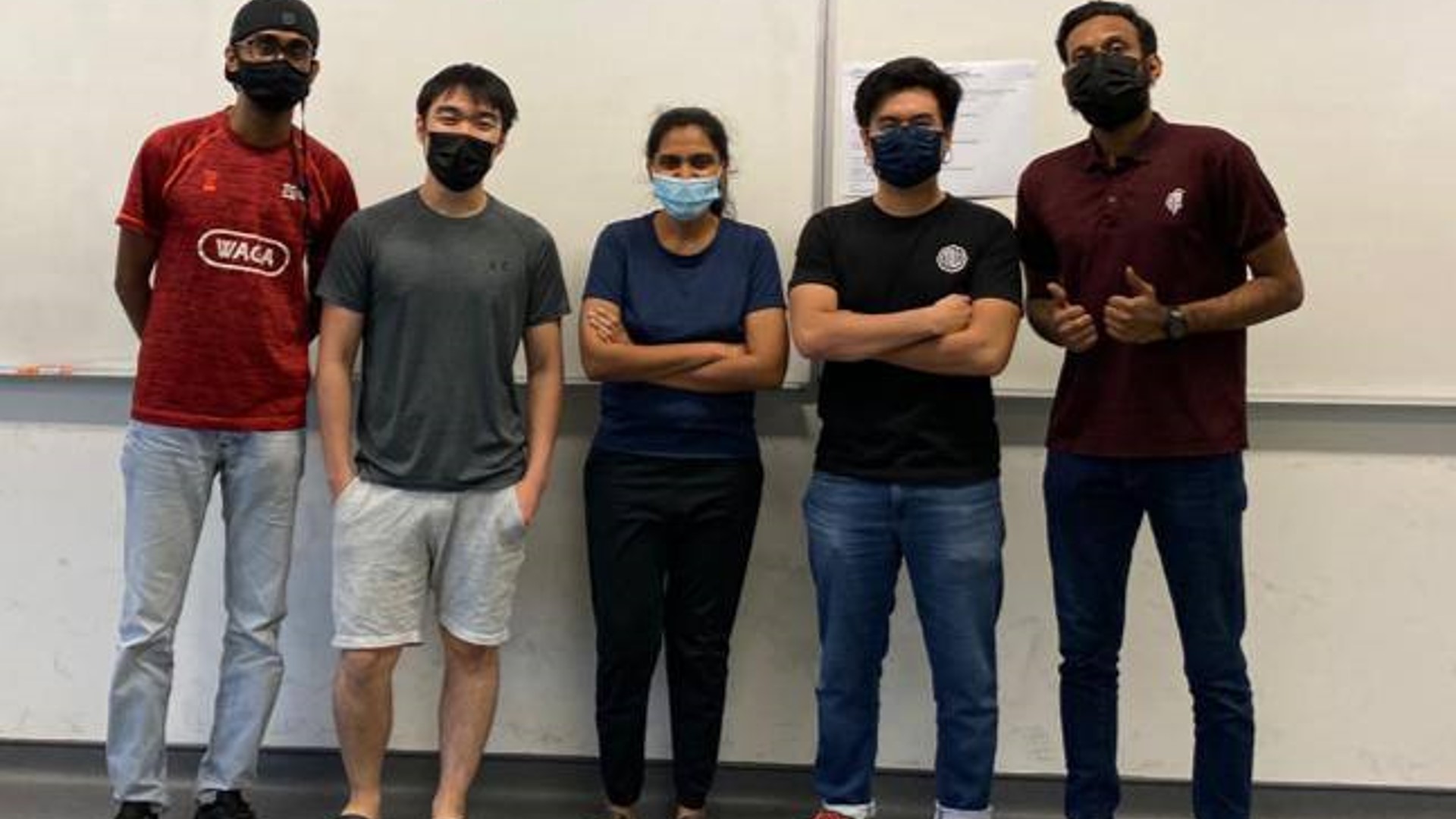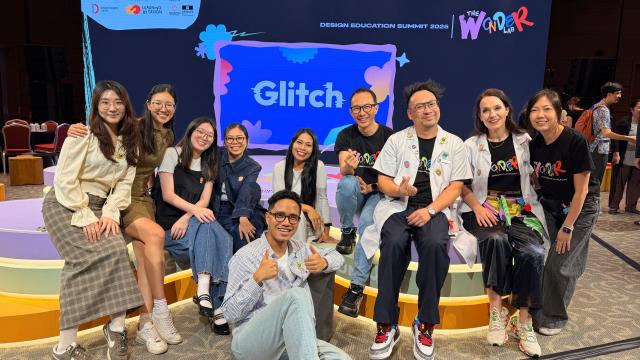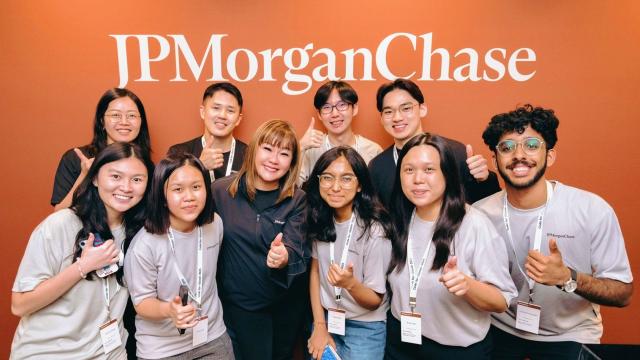Recent SIT Engineering graduate Mukesh Balu Chitiran explains how adopting the mindset of a thinking tinkerer helped him win a productivity award with his teammates at SBS Transit.

While Mukesh Balu Chitiran has received technical training to develop complex engineering solutions, he has also learnt ways to implement practical and cost-effective solutions with the guidance of his supervisors during his 12-month Integrated Work Study Programme (IWSP).
In Year 3 of his Sustainable Infrastructure Engineering (SIE) (Land) programme, Mukesh joined the Rolling Stock Department at SBS Transit North East Line (NEL), which manages the myriad of systems that keep NEL trains humming along. Engineers regularly check the mechanical and electrical integrity of all subsystems, from the lighting and air conditioning to undercarriage systems, to ensure that commuters enjoy a smooth ride.
During his IWSP stint, Mukesh learnt to develop a programming tool that earned him and his teammates the Gold Award for the SBS Transit Productivity Scheme Lean Project.
Mr Eric Neo, Team Leader and Assistant Engineering Manager (Rolling Stock Department), SBS Transit said, “During his IWSP, Mukesh proved to be an excellent team member who could be trusted to work independently on any task he was assigned. No matter what project we gave him, he would find a way to do it well.”
We caught up with Mukesh to find out more about his IWSP experience.
Mukesh, could you describe what you did at the Rolling Stock Department?
I was posted to the Technical Support Section that oversees the NEL trains on Reliability, Availability, Safety, and Maintainability (RAMS). One of the projects I was tasked to work on with my teammates was to use Microsoft Excel’s capabilities and its VBA programming feature to create a dashboard that automates the process of extracting, organising, and generating data trends to aid the fault analysis. However, I had no knowledge of VBA programming, so I taught myself the basics by studying online videos and forums. It helped that I picked up C Programming at SIT in Year 1, which gave me the foundation to learn VBA programming.
What did the final dashboard look like?
With the help of our supervisor, the final version of the dashboard our team developed allowed users to see the fault trends, select the trains, subsystems, as well as timeline to generate the required trend analysis. It could also provide information on the exact subsystem and trains that have more faults. Engineers could access all the information immediately and easily visualise the data. The dashboard is versatile, so other departments can use the programme as a ‘template’ to customise it to suit their purpose.

Sample data from the SBS Transit dashboard that Mukesh Balu Chitiran worked on with his teammates during his IWSP. Photo credit: Mukesh Balu Chitiran
How do you think your work impacted the company?
For me, the technical know-how and soft skills I acquired during my studies at SIT, coupled with the guidance and experience of my supervisor and peers at SBS Transit, allowed me to contribute to the company. The longer duration of SIT’s IWSP meant that I was able to take on more time-intensive projects.

How do you think your education at SIT prepared you for this?
I credit SIT for preparing me to handle real-world problems. Using the critical thinking skills I gained through modules such as LEAN and with my supervisor’s help at SBS Transit, I learnt how to identify gaps, introduce solutions to resolve them. All SITizens are accustomed to being ‘thinking tinkerers’ who are ‘able to learn, unlearn and relearn’!















![[FA] SIT One SITizen Alumni Initiative_Web banner_1244px x 688px.jpg](/sites/default/files/2024-12/%5BFA%5D%20%20SIT%20One%20SITizen%20Alumni%20Initiative_Web%20banner_1244px%20x%20688px.jpg)


